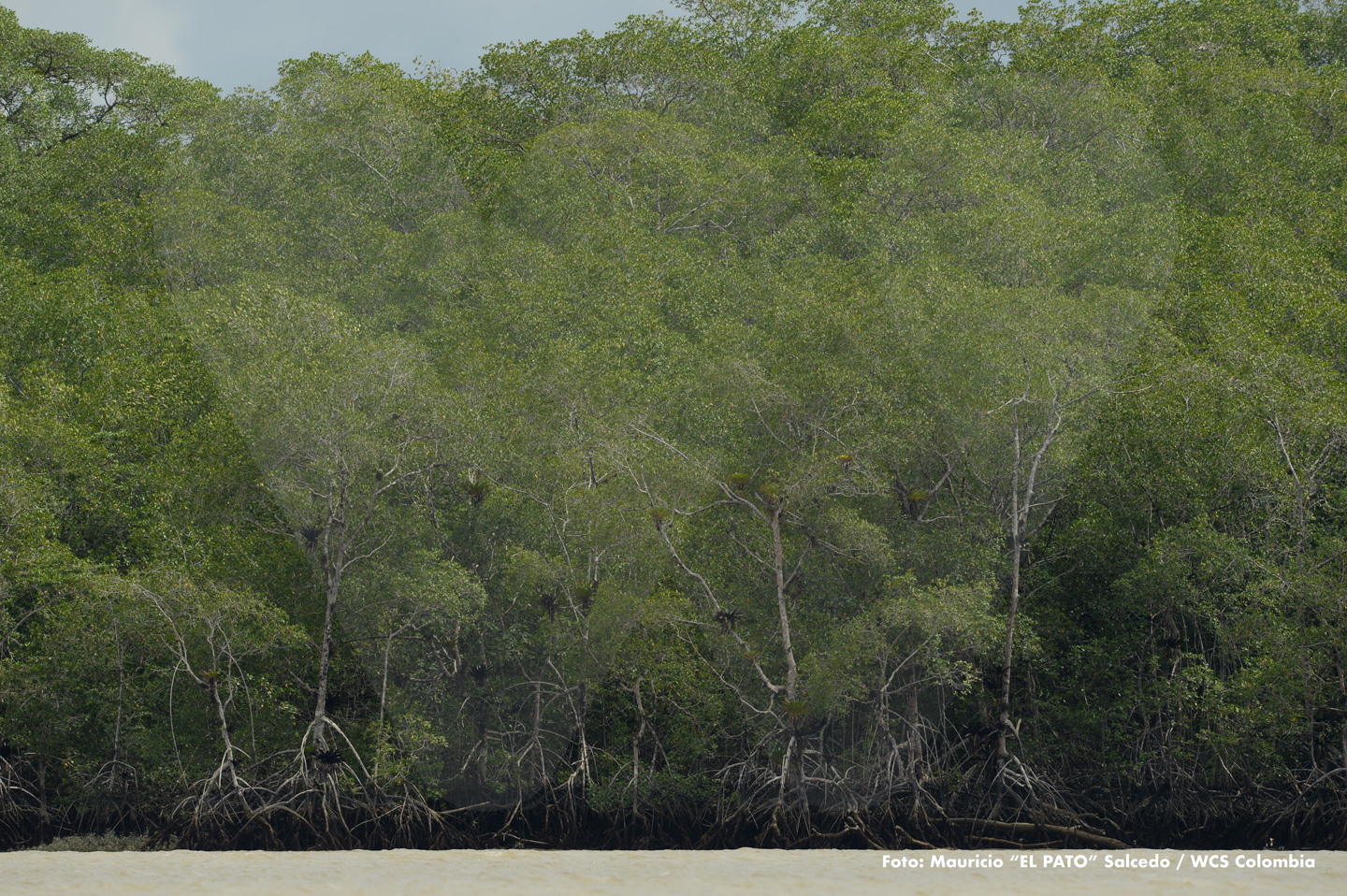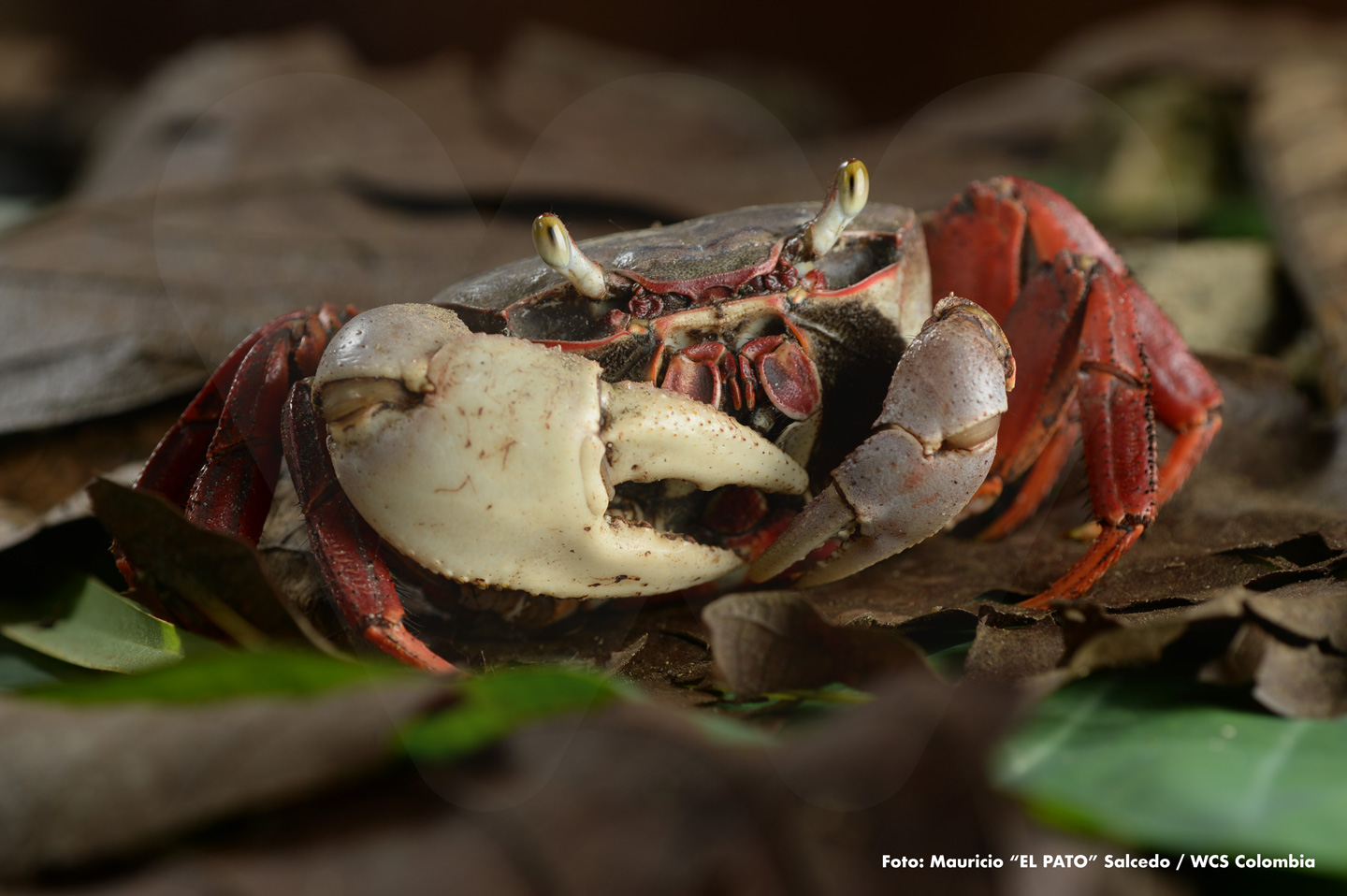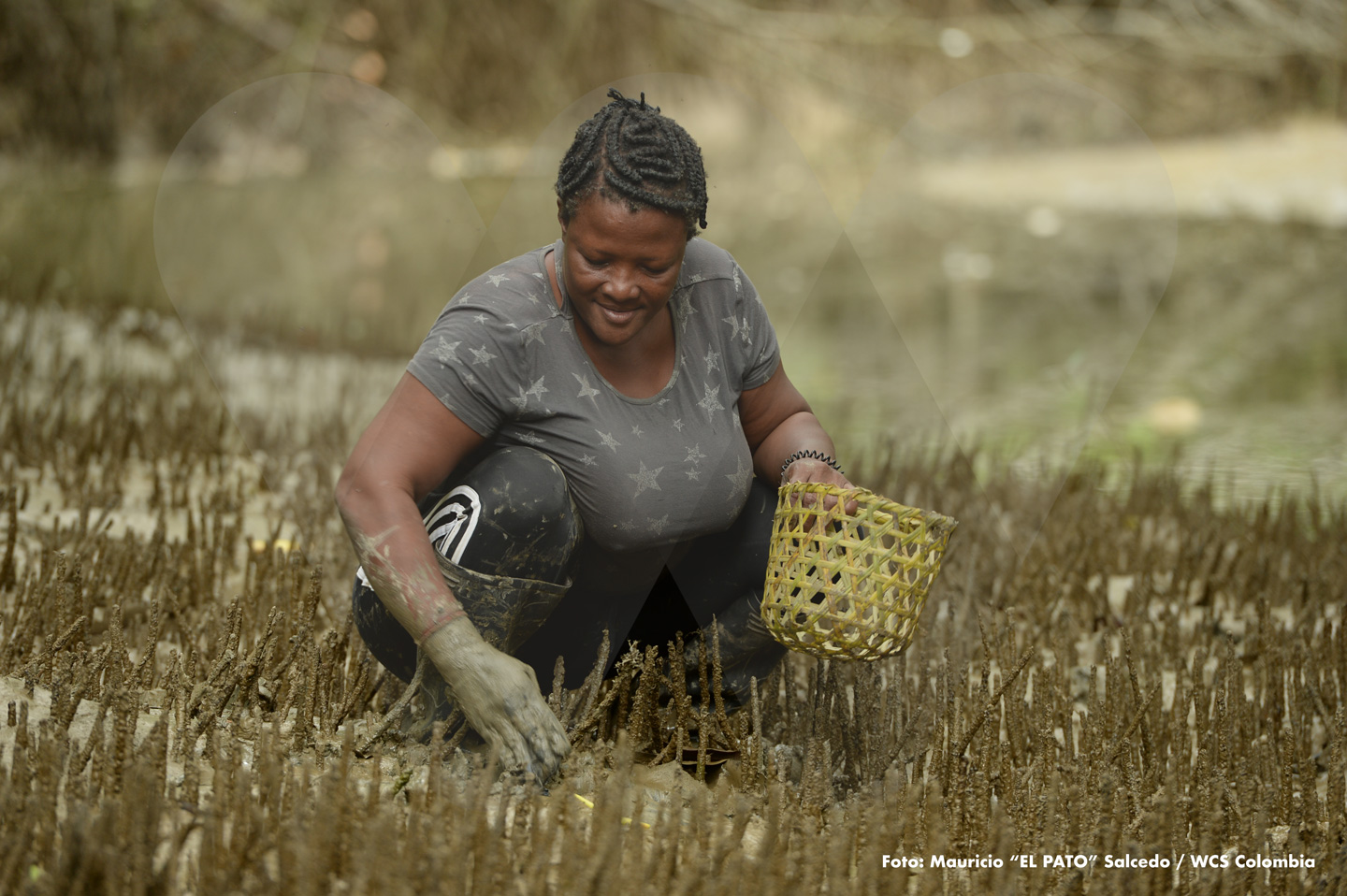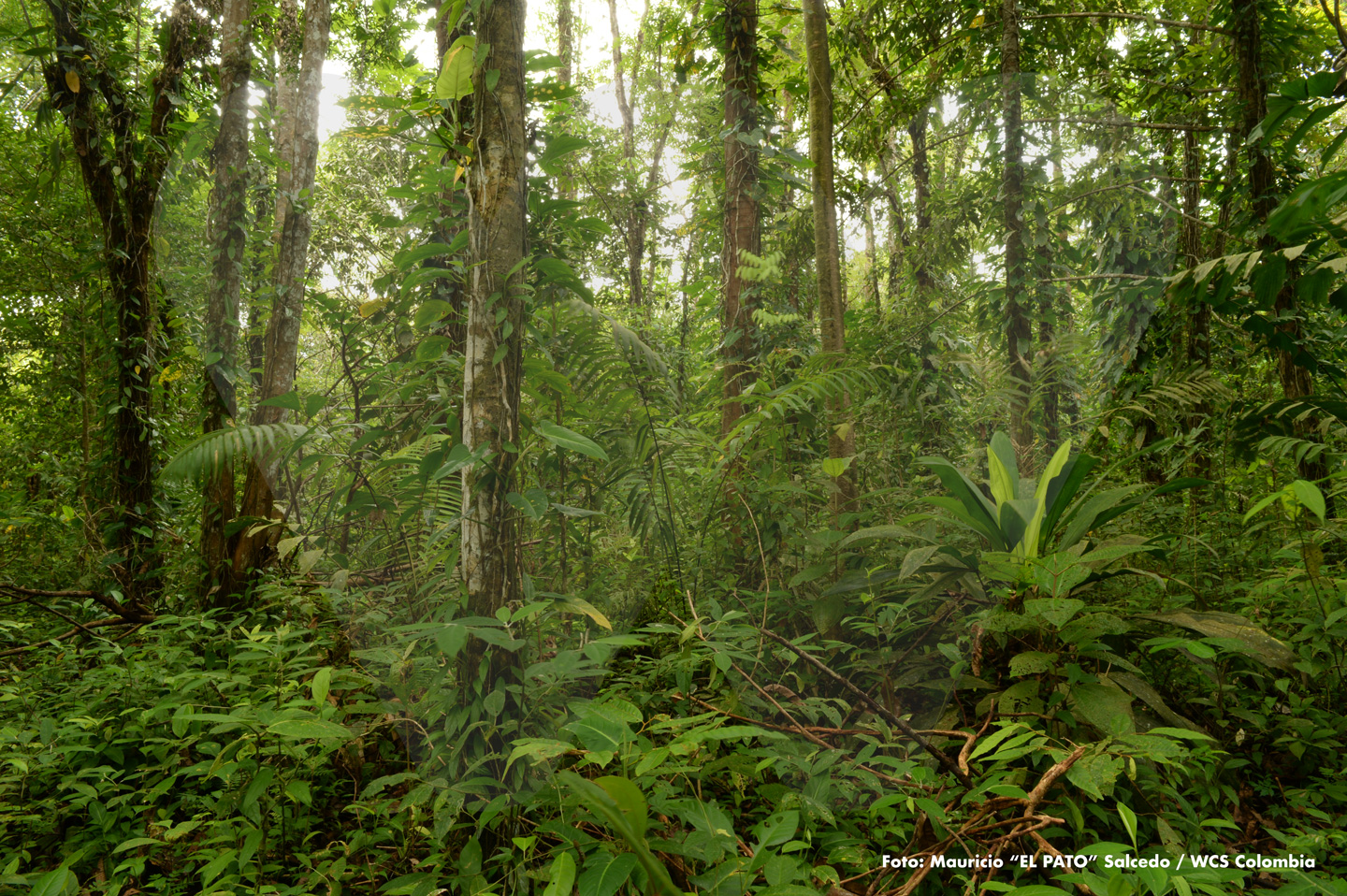 Mangroves
Mangroves
Out of the 9,433 hectares of land area that make up Ají Island, 2,146 hectares are covered by mangroves, representing about 22.8% of the total continental cover identified within this Regional Integrated Management District. In these mangrove forests, five mangrove species can be found: Avicennia germinans, Laguncularia racemosa, Mora oleifera, Rhizophora mangle, and Conocarpus erectus. The presence or absence of these species in different locations mainly depends on water salinity conditions and the extent to which tides penetrate the land during high tide.
 Blue Crab
Blue Crab
Scientifically known as Cardisoma crassum, the blue crab is one of the key conservation targets on Ají Island. Although this crustacean’s distribution range is wide—extending from Baja California (Mexico) down to Peru along the Pacific coast of Central and South America—it holds a special role on Ají Island as a nutrient recycler (feeding on decomposing matter) and as a common ingredient in traditional dishes prepared and consumed by local inhabitants of this Chocó Biogeographic region.
 The piangüeras
The piangüeras
The Ají Island Regional Integrated Management District also seeks to protect the traditional knowledge and uses that its inhabitants have of the natural resources found there. One example is the harvesting of piangua, a practice carried out mainly by women, whose work lasts between five and eight hours a day. During this time, the piangüeras skillfully insert their hands among the mangrove roots in search of this mollusk. In this area of the Colombian Pacific, there are three species of piangua: female piangua (Anadara tuberculosa), male piangua (Anadara similis), and sangara (Anadara grandis), all of which are used for local consumption and medicinal purposes.
 The Mudflats
The Mudflats
The daily changes in tide levels in the Pacific Ocean are an extremely evident phenomenon. If there is one image that well describes this condition, it is the one accompanying this text. In it, we observe the so-called “mudflats,” which are nothing more than those muddy sandbanks that become exposed along the coast once the sea level drops and its waters recede from the continent. Among many other environmental services, these mudflats serve as a reservoir for a large number of microorganisms that act as food for a wide diversity of resident and migratory shorebirds.
 Terra Firme Forests
Terra Firme Forests
Representing 56.4% of the total area, this type of ecosystem is the main vegetation cover of Ají island. These forests consist of large, towering trees that also support a great number of epiphytic plants (plants that live on other organisms but do not parasitize them). Additionally, these areas commonly host palms, shrubs, and certain types of herbaceous plants. Although the terra firme forests of Isla Ají have been disturbed in several zones to make way for agricultural activities, there are still extensive forested areas whose species and ecological processes need to be protected to ensure their natural regeneration.
Traslated with AI support